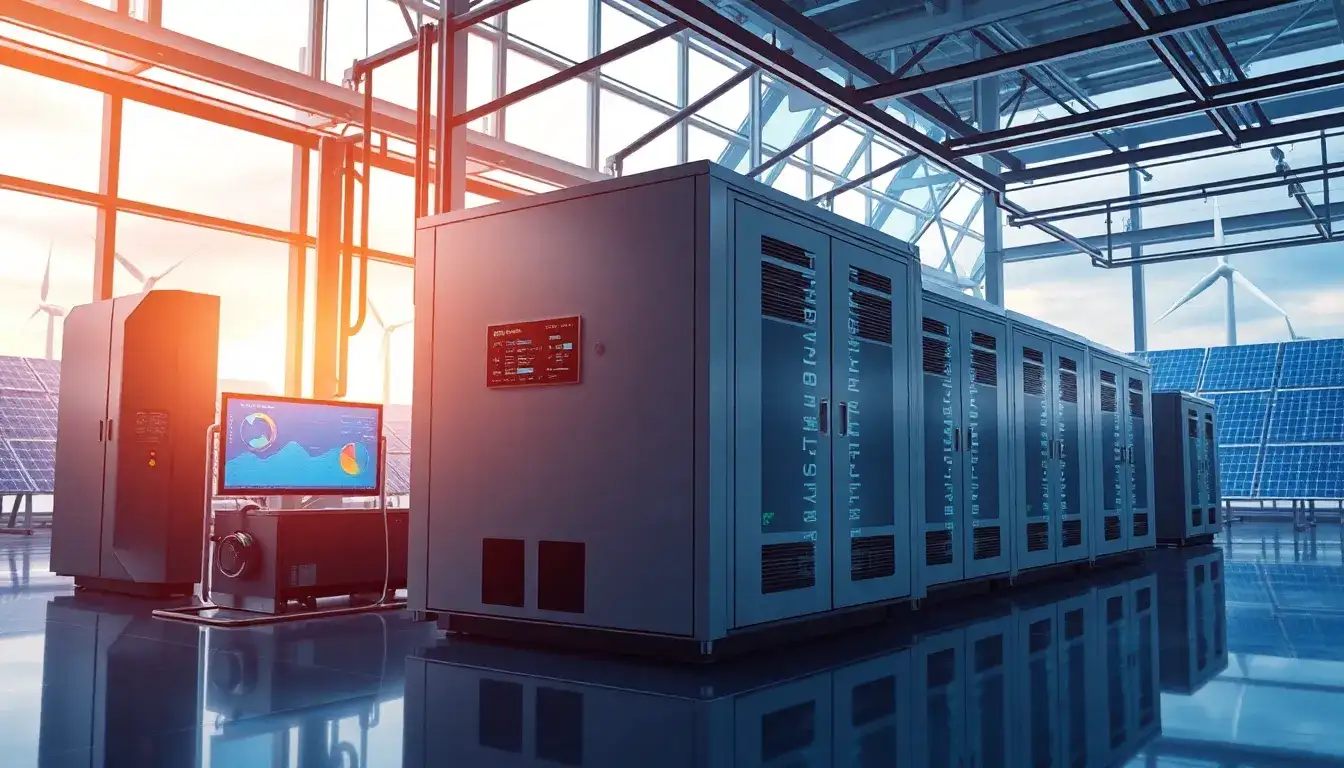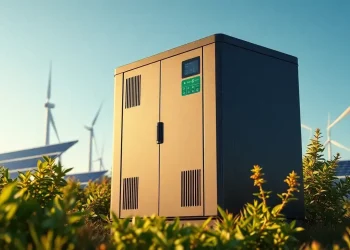
In recent years, as the “dual carbon” goals have gained momentum, the energy storage industry has experienced rapid growth. However, energy storage systems still face numerous challenges in areas such as energy efficiency management, intelligent scheduling, and remote operation and maintenance. Enhancing the operational efficiency of energy storage stations, optimizing energy scheduling, and reducing operational costs have become core issues of focus within the industry.
To address these challenges, PUSR has introduced a new generation of IoT controllers (PLC) that leverage an innovative architecture combining edge computing, intelligent control, and remote operation and maintenance. This solution aims to facilitate the intelligent upgrade of the energy storage sector, reducing costs and enhancing operational efficiency by 30%.
Industry Challenges: Why Do Energy Storage Stations Need Intelligent Control?
During the actual operation of energy storage systems, traditional control solutions exhibit several limitations:
- Inaccurate Energy Efficiency Management: Energy storage systems involve complex equipment such as battery packs, grid loads, and photovoltaic inverters, leading to dispersed data that complicates precise scheduling.
- Difficult Equipment Status Monitoring: Conventional methods rely on manual inspections, which hinder real-time monitoring of equipment status, resulting in slow fault response times and an increased risk of system downtime.
- Inefficient Charge and Discharge Scheduling: With significant fluctuations in grid loads, traditional management approaches struggle to dynamically optimize based on electricity prices, load demands, and storage capacity, leading to energy waste.
- Insufficient Remote Management Capabilities: Many energy storage sites are deployed in a distributed manner, and traditional control systems have limited remote monitoring capabilities, making unified management and intelligent scheduling difficult.
Enhancing data processing capabilities, achieving remote monitoring, and optimizing energy efficiency management without increasing hardware costs are critical for the intelligent upgrade of the energy storage industry.
IoT Controller: The New Generation PLC as the “Intelligent Hub” of the Energy Storage Industry
The EG series IoT controller serves as the intelligent core of the energy storage cabinet, integrating edge computing, cloud management, multi-protocol interfaces, PLC programming, and open SDK functionalities. It supports multiple network redundancies such as 5G, 4G, Ethernet, and WiFi, creating a cloud-edge-end collaborative architecture that aggregates data and facilitates intelligent interactions. This enables precise data collection and real-time monitoring of critical parameters such as battery packs, grid loads, and photovoltaic inverters, ensuring the efficient operation of energy storage systems.
Through intelligent edge computing, the system can analyze grid fluctuations and optimize battery charge and discharge strategies locally, reducing energy loss and enhancing system response speed. It supports both local and cloud-based dual-mode monitoring, enabling remote management of equipment status, improving fault warning capabilities, and lowering manual maintenance costs. The controller integrates multiple interfaces for industrial control (RS485/CAN/IO), human-computer interaction (USB/HDMI/audio), and spatial-temporal positioning (Beidou/GPS), and natively supports power dispatch architectures like IEC 61850/104, allowing seamless integration with Energy Management Systems (EMS), Battery Management Systems (BMS), and Power Conversion Systems (PCS) to establish a comprehensive energy optimization framework.
Real-World Application Case: How Intelligent Energy Storage Saves 30% in Operational Costs
In a practical project at a large energy storage station, the EG series new generation PLC successfully optimized charge and discharge management and remote operation and maintenance through its intelligent control capabilities, yielding significant results:
- Energy utilization increased by 25%, significantly reducing ineffective energy loss;
- Operational costs decreased by 30%, lowering the frequency of manual inspections and enhancing operational efficiency;
- System fault rates dropped by 40%, greatly extending the lifespan of equipment.
In this project, the EG series PLC utilized real-time data analysis to optimize energy storage scheduling, achieving centralized remote management and intelligent control, substantially reducing operational costs for energy storage enterprises, and providing a replicable intelligent management solution for the industry.
Future Trends: Intelligence as the Core Competitiveness of the Energy Storage Industry
The energy storage industry is transitioning from “scale expansion” to “intelligent management.” The key to market competitiveness will be to enhance the stability, efficiency, and intelligence of energy storage systems while simultaneously lowering costs. PUSR will continue to increase its research and development investments, focusing on industrial automation, smart buildings, energy management, and other industry scenarios to provide more efficient, intelligent, and secure control solutions for energy storage enterprises, driving the new energy industry toward a greener and smarter future.
About PUSR
PUSR positions itself as a “trusted smart industrial IoT partner,” with the mission of “connecting value and value connection.” The company is deeply engaged in the upstream and downstream of the industrial IoT industry value chain, specializing in the research, production, and sales of communication products. It is a leading provider of industrial IoT hardware and software solutions in the industry. The company owns its manufacturing facilities and possesses comprehensive service capabilities from chip to cloud. PUSR is dedicated to providing customers with communication terminals, IoT modules, cloud platform services, and IoT solutions.







